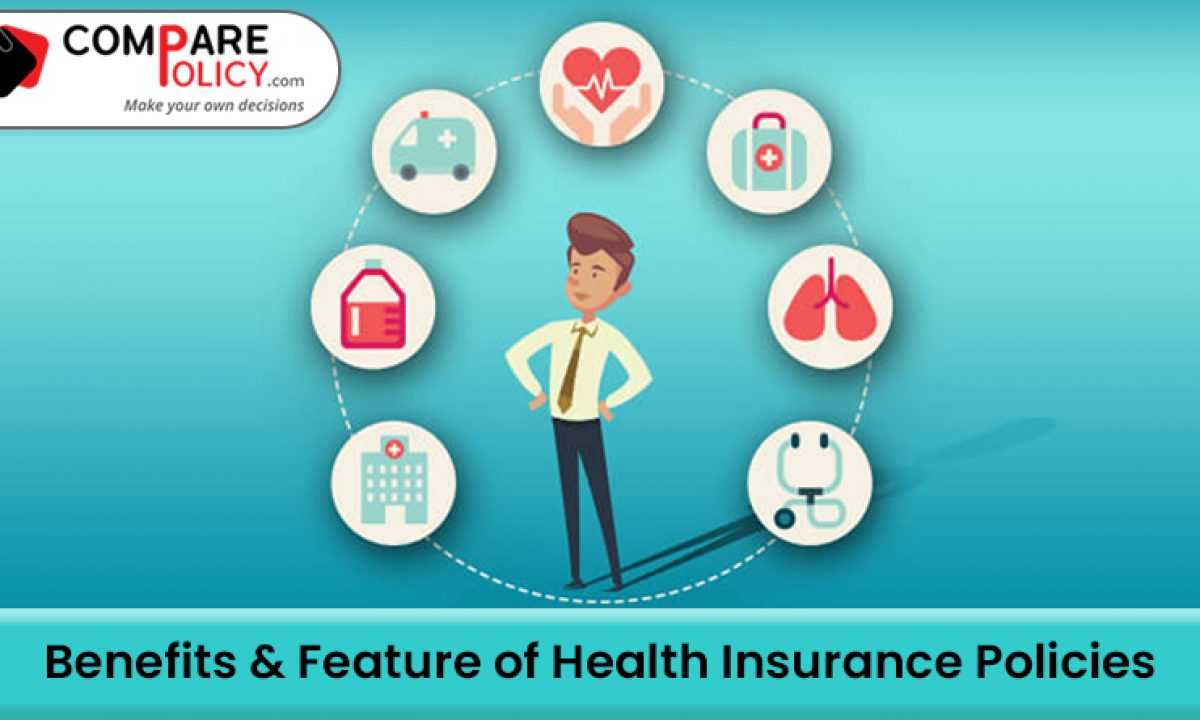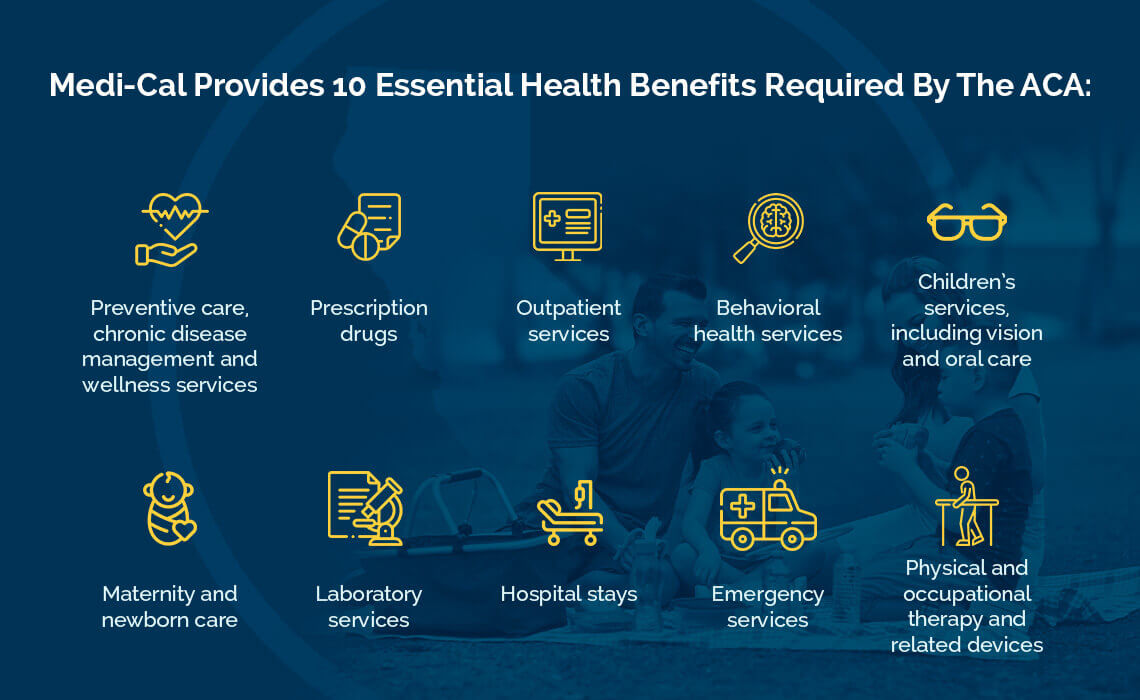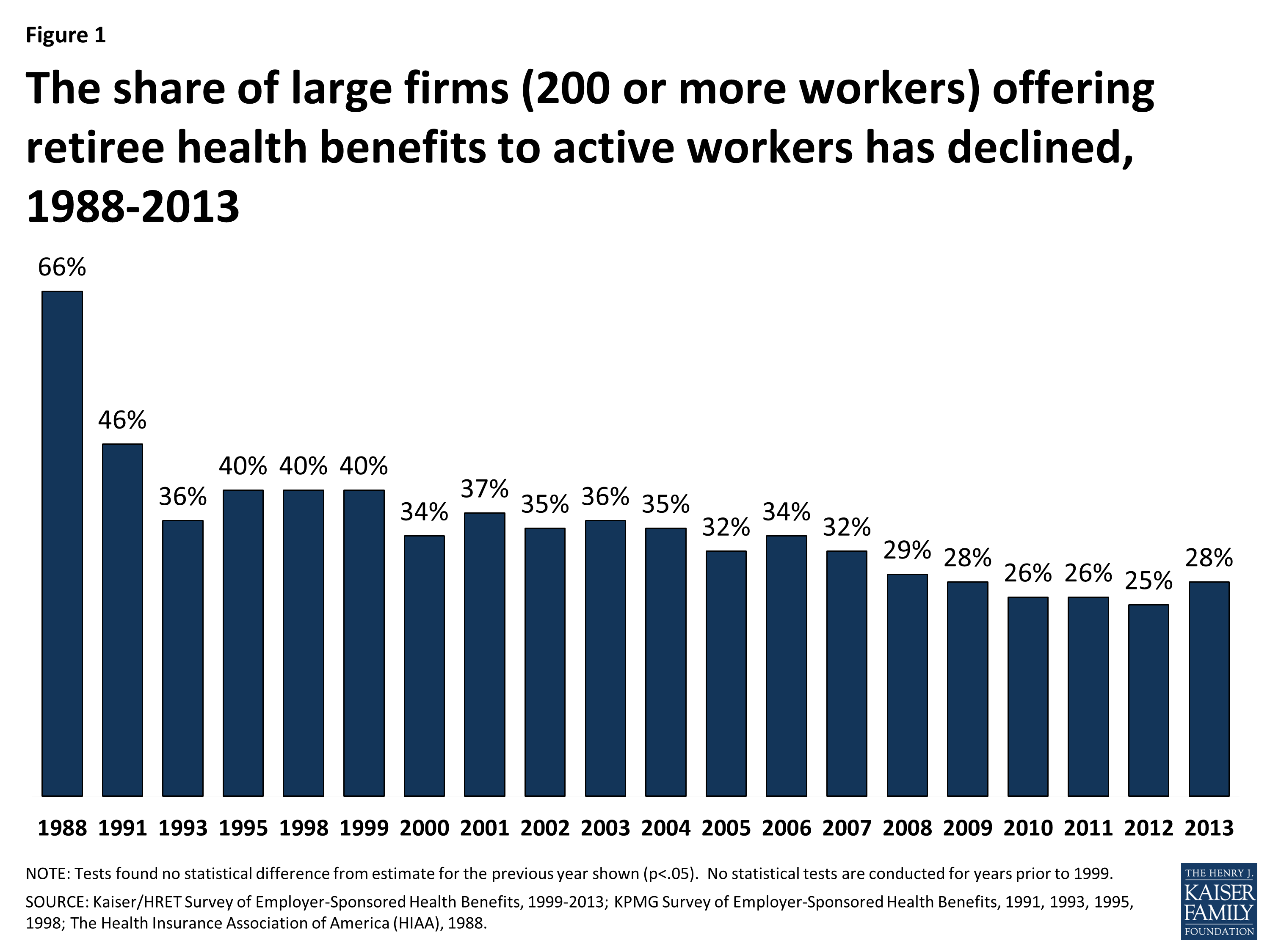The Medicare Advantage Agent PDFs
The Medicare Advantage Agent PDFs
Blog Article
Medicare Advantage Agent Things To Know Before You Buy
Table of ContentsA Biased View of Medicare Advantage AgentAll about Medicare Advantage AgentThe Greatest Guide To Medicare Advantage Agent

adheres to from confusing the reasonably young age account of the uninsured with the much better health, on standard, of more youthful persons. This obscures the link in between health and wellness standing and health insurance coverage. For those without access to work environment wellness insurance coverage, inadequate health and wellness is a possible barrier to buying nongroup insurance coverage because such coverage may be very valued, omit preexisting problems, or be simply inaccessible. The variety of without insurance Americans is not especially huge and has not altered in recent times. 7 out of 10 respondents in a country wide depictive study thought that fewer Americans did not have wellness insurance than really do(Fronstin, 1998). About fifty percent(47 percent )thought that the number of people without wellness insurance coverage lowered or remained continuous over the latter half of the last decade(Blendon et al., 1999). This drop of practically 2 million in the variety of individuals 'without insurance (a reduction
of about 4 percent)is definitely a positive change. With a softer economic situation in 2000 the most up to date reported gains in insurance protection may not continue(Fronstin, 2001 ). The decline in the number of without insurance will not proceed if the economic situation continues to be sluggish and health and wellness care costs continue to surpass inflation. This is because the information were accumulated for a period of solid economic efficiency. Of the estimated 42 million people who were without insurance, all however regarding 420,000(about 1 percent)were under 65 years of age, the age at which most Americans come to be qualified for Medicare; 32 million were adults between ages 18 and 65, around 19 percent of all adults in this age; and 10 million were children under 18 years old, regarding 13.9 percent of all kids (Mills, 2000). These estimates of the variety of individuals uninsured are created from the yearly March Supplement to the Present Populace Survey (CPS), carried out by the Census Bureau. Unless otherwise kept in mind, nationwide estimates of individuals without medical insurance and percentages of the population with various kinds of coverage are based on the CPS, one of the most extensively used resource of quotes of insurance protection and uninsurance rates. These studies and the quotes they yield are defined briefly in Table B. 1 in Appendix B - Medicare Advantage Agent. These studies differ in dimension and sampling techniques, the questions that are asked concerning insurance
The Buzz on Medicare Advantage Agent
coverage, and the time period over which insurance protection or uninsurance is gauged(Lewis et al., 1998, Fronstin, 2000a ). Still, the CPS is especially helpful due to the fact that it produces yearly estimates relatively promptly, reporting the previous year's insurance policy coverage estimates each September, and because it is the basis for a regular collection of price quotes for more than two decades, permitting evaluation of trends in protection over time.

The Basic Principles Of Medicare Advantage Agent
Over a three-year period starting early in 1993, 72 million people, 29 percent of the united state population, were without coverage for at the very least one month. Within a single year(1994), 53 million individuals experienced at least a month without insurance coverage(Bennefield, 1998a). Six out of every 10 without insurance adults are themselves employed. Although working does boost the likelihood that a person and one's relative will certainly have insurance policy, it is not an assurance. Even participants of households with 2 full-time wage earners have practically a one-in-ten opportunity of being without insurance (9.1 percent uninsured rate)(Hoffman and Pohl, 2000 ). The connection in between medical insurance and accessibility to care is well established, as documented later in this chapter. The relationship between health and wellness insurance and health outcomes is neither straight neither straightforward, an extensive medical and health solutions research study literature web links health insurance policy protection
to improved enhanced to care, better quality, and improved personal and population populace wellness. For instance, the second report, on individual health end results for uninsured grownups, is represented by page the innermost circle of the number, while the 3rd report, on family well-being, includes the subjects of the 2nd report but highlights a various device of evaluation, particularly, the family. The 6th record in the collection will offer information regarding approaches and efforts taken on in your area, statewide, or country wide to deal with the lack of insurance and its negative influences. Degrees of analysis for checking out the impacts of uninsurance. This conversation of medical insurance coverage concentrates mostly on the U.S. populace under age 65 since virtually all Americans 65 and older have Medicare or other public coverage.
It concentrates particularly on those without any type of health and wellness insurance coverage for any type of length of time. The issues encountered by the underinsured remain in some respects similar to those faced by the uninsured, although they are typically less extreme. Uninsurance and underinsurance, nevertheless, involve distinctly various policy concerns, and the methods for addressing them might differ. Throughout this research and the 5 reports to adhere to, the major focus gets on persons without any medical insurance and therefore no aid in paying for health care beyond what is readily available via charity and safeguard institutions. Health insurance coverage is a powerful factor influencing invoice of care because both patients and medical professionals react to the out-of-pocket cost of solutions. Health and wellness insurance, nonetheless, is neither required neither sufficient to get to clinical services. The independent and straight impact of wellness
insurance coverage on access accessibility health services is well established. Others will certainly obtain the wellness treatment they need even without medical insurance, by spending for it expense or seeking it from carriers that offer treatment complimentary or at highly subsidized rates. For still others, wellness insurance policy alone does not ensure receipt of care as a result of various other nonfinancial obstacles, such as an absence of healthcare suppliers in their area, limited access to transportation, illiteracy, or linguistic and cultural differences. Formal research about uninsured populations in the United States dates to the late 1920s and very early 1930s when the Board on the Cost of Treatment created a collection of records regarding funding medical professional workplace check outs and hospital stays. This concern came to be prominent as the numbers of medically indigent climbed during the Great Anxiety. Empirical studies regularly support the link between accessibility to care and improved health results(Bindman et al., 1995; Starfield, 1995 ). Having a normal source of care can be considered a forecaster of access, instead of a direct step of it, when health outcomes are themselves made use of as accessibility signs. This extension of the idea of accessibility measurement was made by the IOM Board on Monitoring Accessibility to Personal Healthcare Services(Millman, 1993, p. Whether or not parents are guaranteed appears to affect whether their children obtain care as well as just how much careeven if the kids themselves have protection(Hanson, 1998). The health of moms and dads can impact their ability to care for their youngsters and the level of family tension. Stressing over their youngsters's access to care is itself a resource of anxiety for parents. 3 chapters adhere to in this report. Phase 2 offers an overview of how employment-based medical insurance, public programs and private insurance coverage run and engage to offer extensive however incomplete insurance coverage of the U.S. populace. This includes an evaluation of historic fads and public policies impacting both public and private insurance policy, a discussion of the interactions amongst the different types of insurance policy, and an assessment of why individuals move from one program to an additional or finish up

Report this page